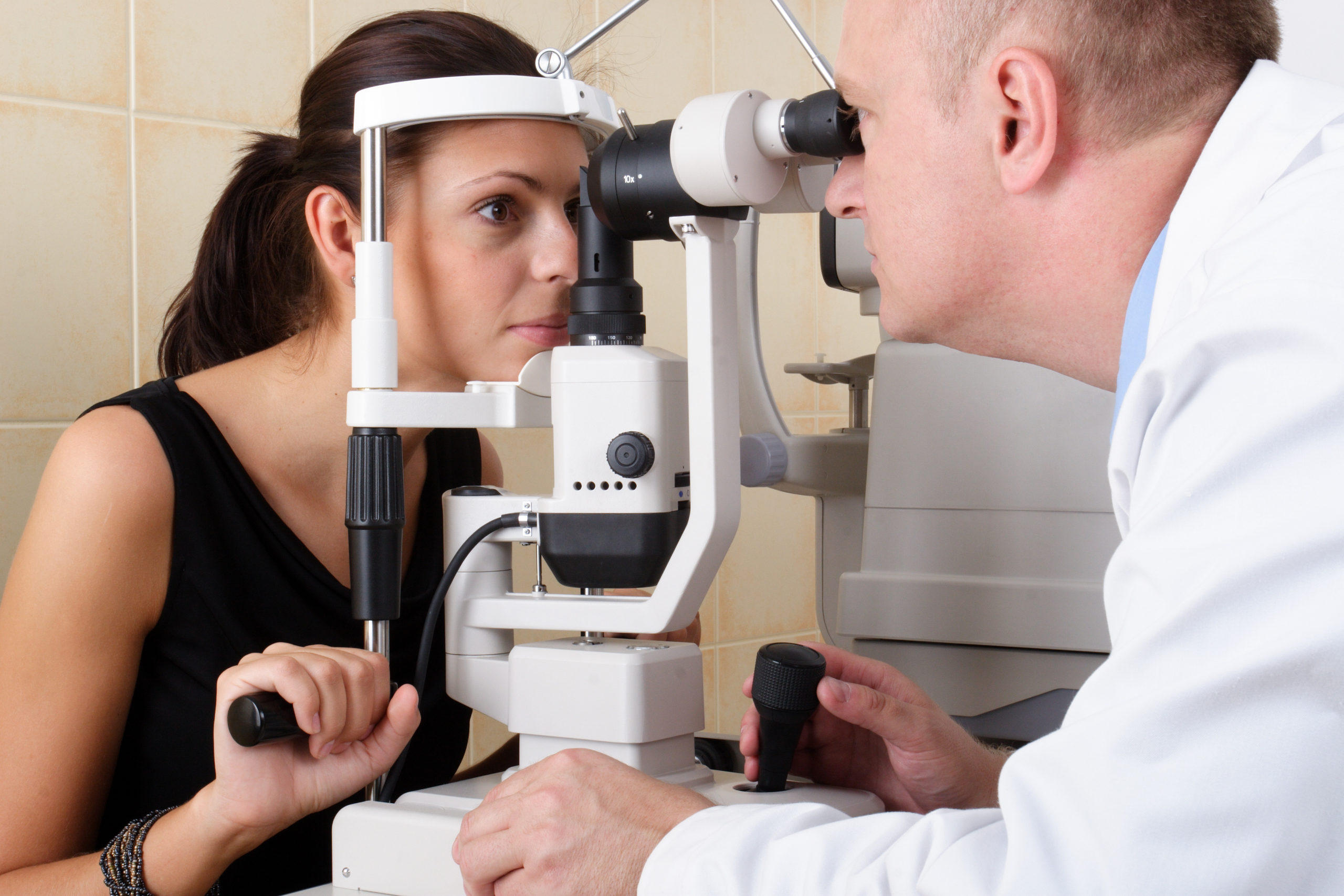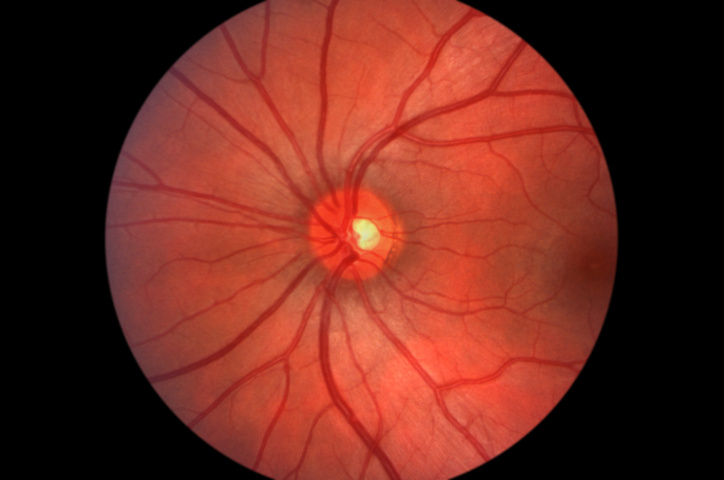Important to reduce all risk factors
Diabetic Eye Issues
Diabetic Retinopathy
People with diabetes get eye problems more commonly than non-diabetics. Diabetic retinopathy is unique to diabetes. Cataracts and glaucoma are commoners in people with diabetes. Two types of diabetic retinopathy occur Non-proliferative and proliferative diabetic retinopathy.
Non-proliferative retinopathy is usually benign and only needs monitoring. Proliferative diabetic retinopathy is a more serious condition and may need laser photocoagulation therapy and or injections. This can lead to more serious complications such as vitreous hemorrhage and loss of vision. Non-proliferative diabetic retinopathy can progress to proliferative retinopathy. Hence it should be monitored closely.
A dilated eye examination of the retina should be done once a year in diabetics, even if one does not have any visual symptoms. Your eye doctor may want to see you more frequently if you have any diabetic eye disease signs. Retinopathy signs vary from no symptoms to visual blurring, floaters, dark spots, and difficulty seeing. Macular edema is swelling of the macula, which happens to be the center of the retina. This causes visual blurring and a decrease in visual acuity.
Cataracts
Opacification or clouding of the lens is a cataract. Cataracts mature gradually over many months or years. Occasionally they worsen over a short period. Your Ophthalmologist will recommend when the cataracts are matured enough to be removed surgically. An artificial lens will be implanted after the removal of the cataract.
Glaucoma
Increased pressure within the eyeball is glaucoma, and this excess pressure can damage your optic nerve. Your Ophthalmologist will measure the intraocular pressure during your yearly visit. If you have glaucoma, eye drops or other treatment options to reduce the excess pressure may be recommended. There are two types of glaucoma. In open-angle glaucoma, the pressure increases over a very long time, usually years. This may be associated with visual blurring. The other type is less common, called acute angle glaucoma. In this, the intraocular pressure builds up quickly. It is associated with visual blurring, colored halos around bright light, and occasionally vomiting. This is a medical emergency, and you should immediately contact your doctor or go to the emergency room.
..
..
..
Be Informed. Get In Control. Prevent.
Better late than never
Coming Soon!
Available Aug 16, 2019
Diabetes Cure
Be Informed. Get In Control.

Our Blog
Follow Along
Screening For Diabetes
Diabetes Screening and Diagnosis Who Should Be Screened? Everyone aged 45 and older should be screened for diabetes or glucose abnormalities every three years. However, individuals at higher risk should begin screening earlier and more frequently—ideally once a year....
Disaster Planning
you never know When Disaster Occurs Emergency Preparedness for People with Diabetes When natural disasters or emergencies strike—such as hurricanes, floods, wildfires, or power outages—being prepared can protect your health and even save your life. Everyone with...
Neuropathy
Important to reduce all risk factors Diabetic neuropathy Diabetic neuropathy, a common complication of diabetes, encompasses various types of nerve damage resulting from prolonged high blood sugar levels. It can affect different parts of the nervous system, leading to...
Contact Us
The newsletter is only sent if there are any new blogs or articles added.


